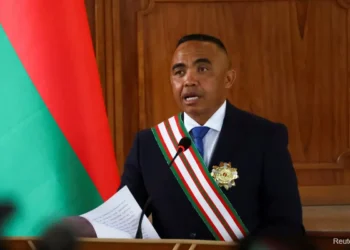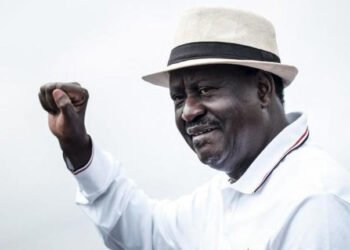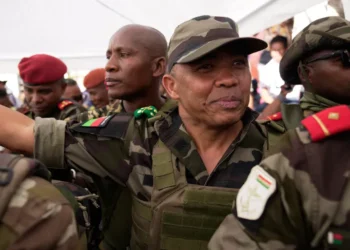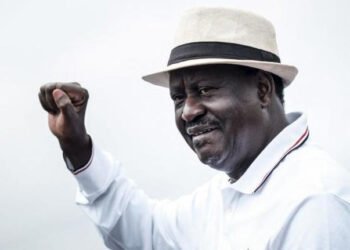Nearly two years after the end of Ethiopia’s brutal Tigray war, the realities on the ground reveal a fragile peace. The November 2022 Pretoria peace agreement, intended to halt violence and rebuild stability, has not fully materialized for Tigrayans who continue to endure the consequences of the conflict.
Gebreselassie Kahsay, a lecturer at Mekele University in Tigray’s capital, described the situation as an ongoing ordeal for the region’s people, asserting, “Some say the Pretoria agreement stopped the gunfire, but the genocide hasn’t ended. Genocide is still being committed against Tegaru [Tigrayans].”
Complexities of the Peace Deal
Mediated by the African Union, the Pretoria agreement aimed to establish a “permanent cessation of hostilities” and initiate a “systematic, orderly, smooth, and coordinated disarmament” between the Tigrayan forces and the Ethiopian government.
Despite the intended protections, Kahsay contends that the deal has failed to “restore Tigray territories,” making it difficult for displaced people to return home and re-establish their lives in areas like western Tigray, Gulomekeda, and Irob. According to Kahsay, even in regions where some resettlement has occurred, “the civilians are not safe,” underscoring the instability that persists.
The war left a devastating toll on the population. The United Nations estimates that 1.7 million people were displaced, with millions suffering physical and psychological injuries. The unresolved conflict in parts of the region has hindered meaningful progress toward stability and normalcy.
Humanitarian Crisis and Insufficient Implementation
Critics highlight that the peace agreement did not directly address the welfare of civilians, focusing instead on political negotiations between the Tigray People’s Liberation Front (TPLF) and the Ethiopian government.
Medhanie Mulaw, a professor at Ulm University, emphasized that the peace process prioritized the interests of political factions over the urgent needs of the people. Mulaw said “The two parties are primarily interested in staying in power at any cost,” while fundamental issues like territory reclamation and the repatriation of displaced individuals have not been prioritized.

The lack of accountability and monitoring mechanisms for the peace agreement has led to inconsistent enforcement of its provisions. Mulaw observed that the mediators, primarily the United States and the African Union, have failed to apply sufficient pressure to ensure adherence to the terms, resulting in a breakdown of the agreement’s effectiveness.
A Decimated Health System in Crisis
Before the conflict, Tigray’s health system was recognized as one of the most robust in Ethiopia. The war, however, left 89% of Tigray’s healthcare facilities either destroyed or stripped of essential equipment, according to Nimrat Kaur, a project coordinator for Doctors Without Borders.
Shiraro Hospital, serving over a million people, now struggles with just 4 million birr annually in government support, far below its estimated 100 million birr annual funding needs, explains hospital director Gebrehiwot Mezgebe.
With reconstruction costs in Tigray exceeding $20 billion and Ethiopia’s overall finances under strain, securing adequate funding for essential services remains a formidable challenge.
Conflict Spillover into the Amhara Region
Conflict is not contained to Tigray. In Ethiopia’s Amhara region, violence has escalated between the Fano militia and the Ethiopian National Defense Force since April 2023, triggered by government attempts to dismantle regional special forces. The unrest has led to widespread civilian casualties and displacement, further complicating efforts to stabilize the country.
According to Mulaw, government control over information in Amhara has obscured reliable accounts of the conflict. He noted a lack of balanced reporting from the affected regions, with internet restrictions and the detention of journalists compounding the issue. International attention to the Amhara crisis remains limited compared to the Tigray war.
As Ethiopia observes two years since the Pretoria peace accord, the challenging realities in Tigray and the emerging conflict in Amhara underscore the need for more comprehensive efforts toward stability. The limits of the current peace arrangement reflect ongoing challenges in achieving long-term security in northern Ethiopia.
READ ALSO: NDC Reaffirms Commitment to Volta Region Amid Rising NPP Support























